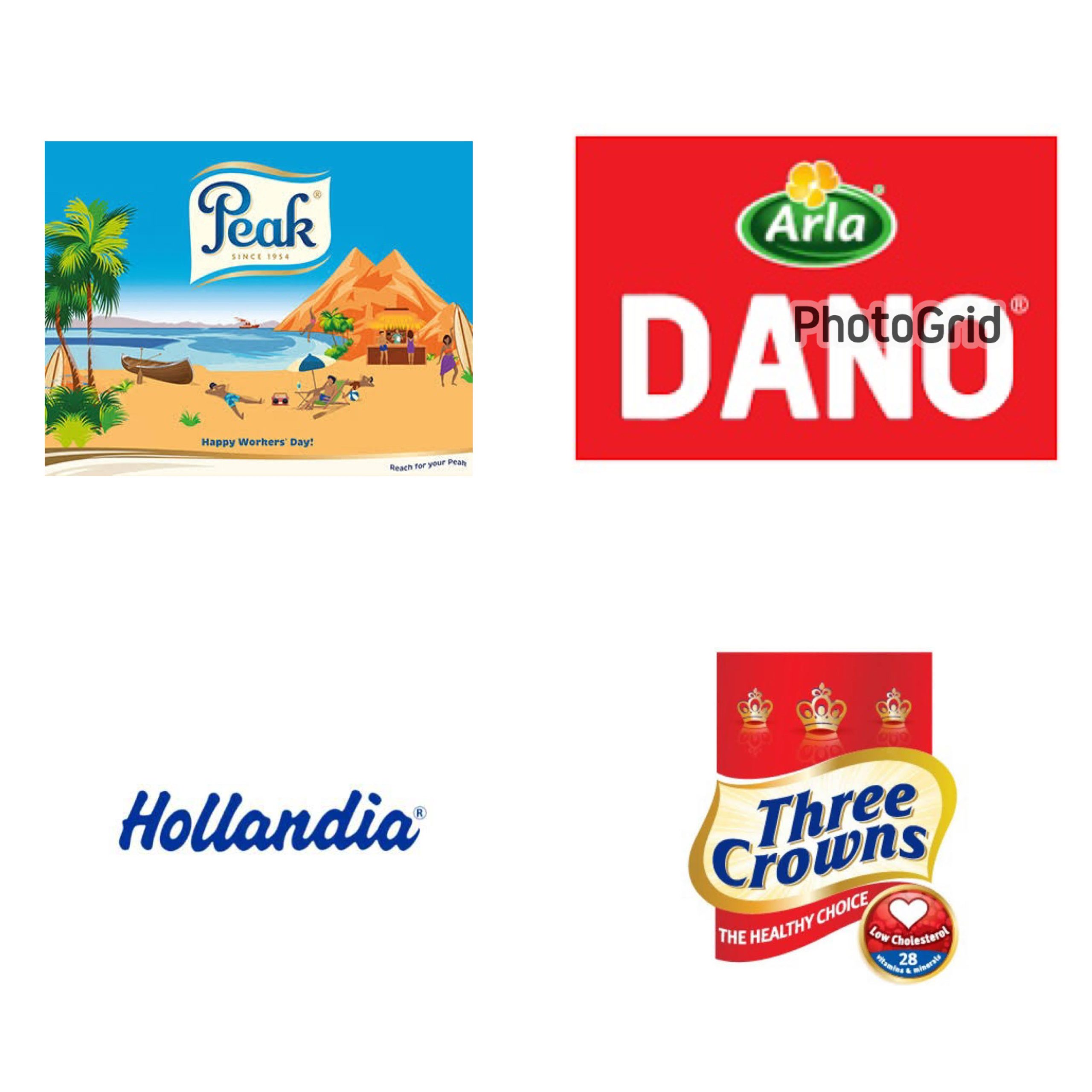BrandZ’s top 100 global brands of 2019 reflects the increasingly uncertain economic and geopolitical state of the world.
Elections, referendums, tariff wars, environmental catastrophe; the world is full of volatility and uncertainty. Meanwhile, the rate of change in society, consumers and technology is growing and changing apace. This is, of course, impacting brands and shaping the marketing agenda.
This volatility can be seen in Kantar’s latest BrandZ ranking of the top 100 global brands. It shows 46 brands increased their value by more than $1bn in 2019 compared with 71 the year before, while 26 brands declined in value by more than $1bn this year compared with just 12 in 2018.
This, according to Kantar, is a symptom of living in a ‘VUCA’ world, which is a concept that first originated with students at the US Army War College to describe the volatility, uncertainty, complexity and ambiguity of the world after the Cold War.
- Amazon Is the Most Valuable Brand In The World
- Instagram is growing its value faster than any other brand
“The rise of ecosystem brands is a symptom of complexity; the breaking down of category boundaries is a symptom of ambiguity; the rate of movement in data shows the volatility,” BrandZ’s global strategy director, Graham Staplehurst, explained.
Amazon (+52%), this year’s number one, is a prime example of an ecosystem brand, as are Adobe (42nd, +57%) and Salesforce (46th, +58%).
BrandZ’s research shows brands with five or more areas of business are on average four times bigger and growing 10 times faster than others.
Chinese consumer technology brands Meituan (78th) and DiDi Chuxing (71st) – both BrandZ newcomers this year – are also growing their value by expanding the categories they operate in. Given the volume potential of China and their technology capabilities, these brands have been able to build huge value very quickly.
There is continued movement of value within the finance sector too, from large banks to payment ecosystems. In the last decade, the value of payment companies has grown by 801%, while global banks have collectively managed to increase their value by only 49%.
If you’re in a position where you’re a brand and you’re more well-known than relevant, that’s a problem.
This is evident in 2019, with Mastercard (12th) growing in value by 30%, PayPal (26th) by 25% and American Express (33rd) by 17%, while Commonwealth Bank of Australia (91st) decreased in value by 18%, Wells Fargo (23rd) by 15%, Citi Bank (77th) by 11%, and HSBC (56th) by 2%.
Cars are facing a similar fate. Not one car brand increased its value in 2019, with BMW (55th) and Mercedes-Benz (54th) both down 9% and Toyota (41st) down 3%, while Ford and Honda have dropped out of the ranking completely. Meanwhile, with a brand valuation of $9bn, Tesla is close to entering the ranking for the first time.
“Historically, there’s been this massive scale advantage for brands, which is now no longer there,” Martin Guerrieria, Global BrandZ research director, said.
“Maybe previously this huge scale of the big brands has bred, for some of them, a sense of complacency. That’s now been completely removed because anyone can start a brand today with a laptop and Wi-Fi connection.
“The brands that have been successful have managed to ride some of these trends but they’ve had to reinvent themselves, even if it’s about staying true to their intention and meaning to consumers, they’ve had to do that in a different way by meeting some of these emerging needs.”
Meaningful disruption
Disruption has been proved time and time again to drive brand value growth. Looking at the 77 brands which have remained in the top 100 over the past five years, these have grown 40% since 2015, while the top 10 most disruptive brands have grown 110%.
But in 2019, where disruption is everywhere, it is ‘meaningful disruption’ which is key to scalable relevance.
This is why the likes of Netflix (34th, +65%) and Uber (53rd, +51%) are flying up the rankings. They are offering original products and services which meet evolving consumer needs and expectations, which is in turn driving saliency – something which is no longer a guarantee of growth.
“The brands that are stable or declining are better known. Point of difference is always going to be useful but it has to be a meaningful point of difference,” Guerrieria said.
“If you’re in a position where you’re a brand and you’re more well-known than relevant, that’s a problem. If you’re more relevant than you are well-known, that’s an opportunity.”
This can be seen in the current Indian telecoms market with Jio, which has come in with a radical new model and disrupted the landscape entirely.
When Jio entered the market in 2016, its USP was offering free data for new sign-ups for six months. This in turn forced long-standing market leaders Vodafone (49th, -8%) and Airtel to drop their prices, with Vodafone now considering pulling out of India altogether.
Jio’s global brand value has grown 69% in the past year, putting it on track to enter the top 100 within two years.
“The power of the consumer will always be more powerful than the power of the brand,” Guerrieria said.
“Black cabs, for example, have lost sight of the fact it’s not about Uber, it’s about their offer not meeting consumer needs, which is a quick, cheap, mobile-ready service. That service is something some companies have lost sight of and that’s a problem. Bringing meaning to disruption is about meeting those evolving consumer needs and expectations. It’s as simple as that.”
Source: Marketingweek







Comment
No comments found.